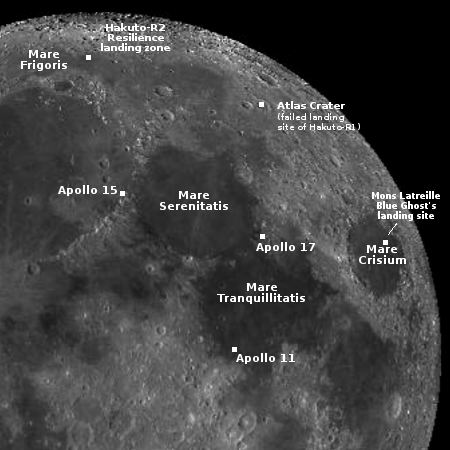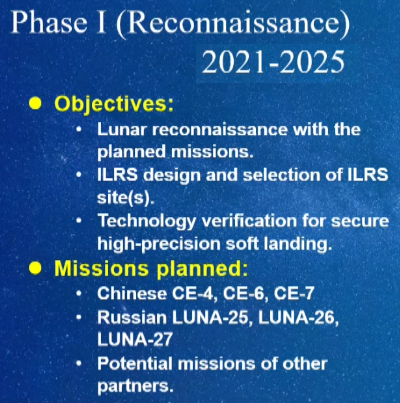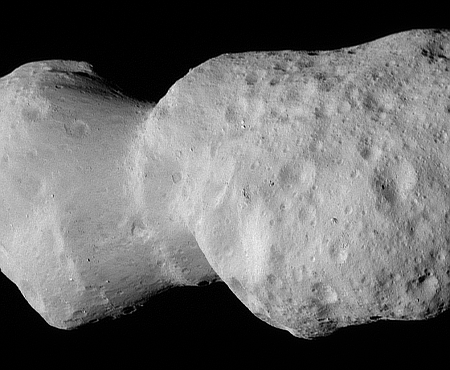Axiom replaces its CEO
In a move that apparently promotes one of its most productive managers, space station startup Axiom has now picked Tejpaul Bhatia, its chief financial officer for the past four years, to take over as the company’s CEO.
The choice seems sound, considering what Bhatia has done already for the company.
Ghaffarian cited Bhatia’s work as chief revenue officer at Axiom as a key reason to make him CEO. Axiom noted in a statement that Bhatia secured more than $1 billion in contracts since joining Axiom, including overseeing the company’s series of private astronaut missions to the International Space Station.
…Bhatia came to Axiom from Google, where he was involved in its cloud computing business. He earlier founded and led several startups and worked on ESPN’s video streaming business.
Considering other rumors that suggest the company has been experiencing cash flow issues, this pick might be aimed at alleviating those issues.
In a move that apparently promotes one of its most productive managers, space station startup Axiom has now picked Tejpaul Bhatia, its chief financial officer for the past four years, to take over as the company’s CEO.
The choice seems sound, considering what Bhatia has done already for the company.
Ghaffarian cited Bhatia’s work as chief revenue officer at Axiom as a key reason to make him CEO. Axiom noted in a statement that Bhatia secured more than $1 billion in contracts since joining Axiom, including overseeing the company’s series of private astronaut missions to the International Space Station.
…Bhatia came to Axiom from Google, where he was involved in its cloud computing business. He earlier founded and led several startups and worked on ESPN’s video streaming business.
Considering other rumors that suggest the company has been experiencing cash flow issues, this pick might be aimed at alleviating those issues.














